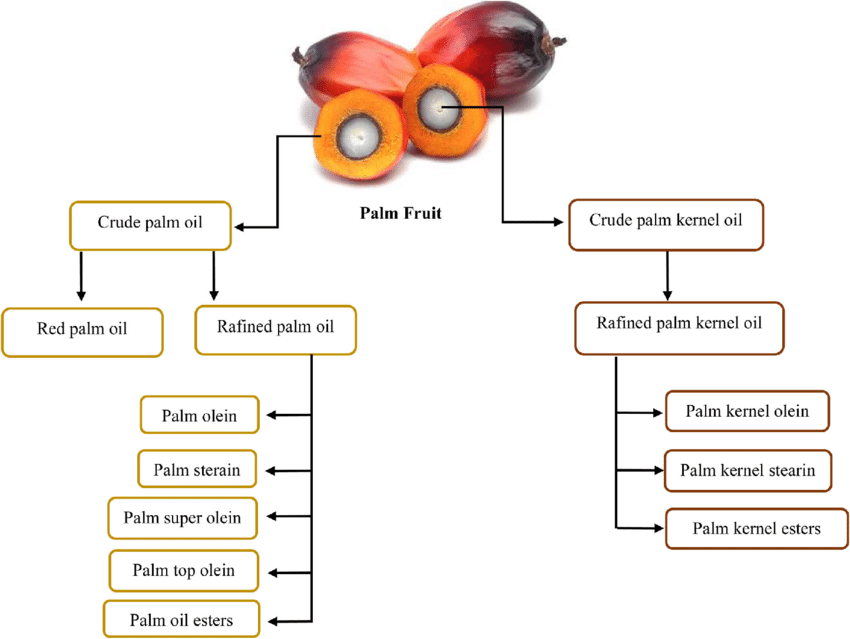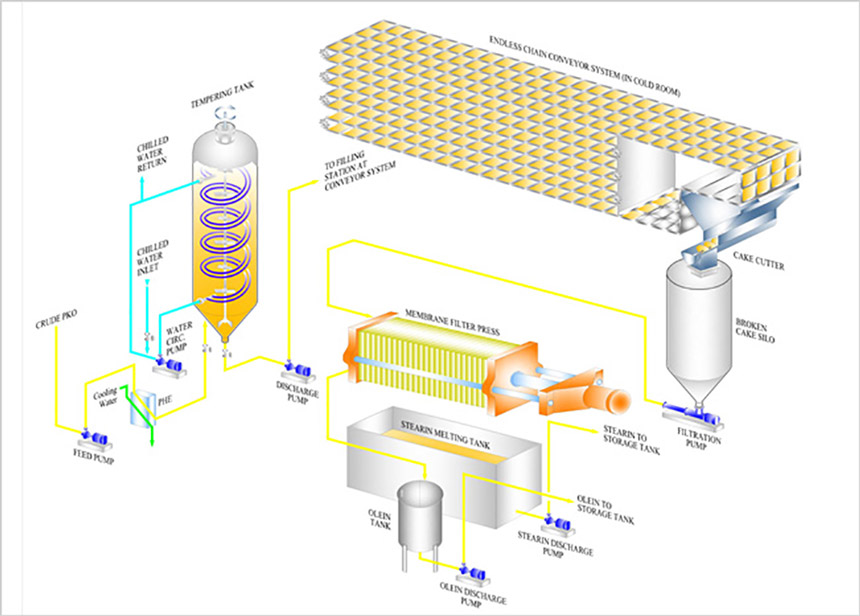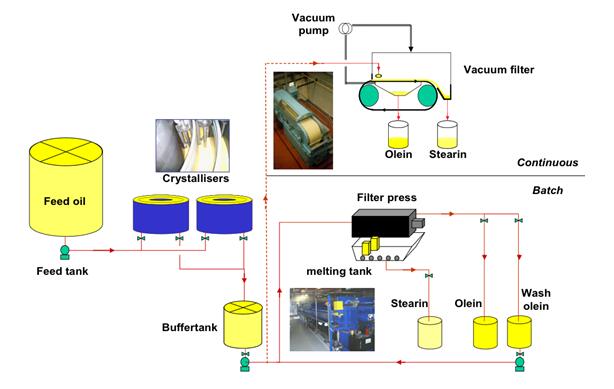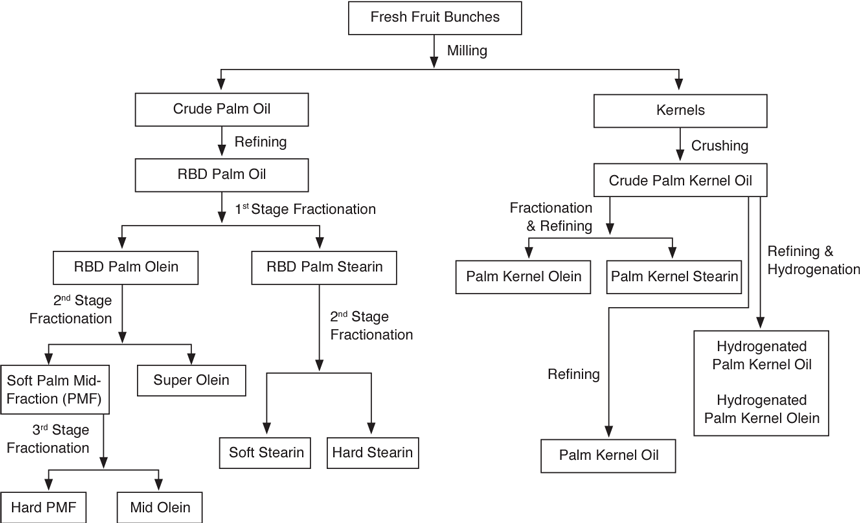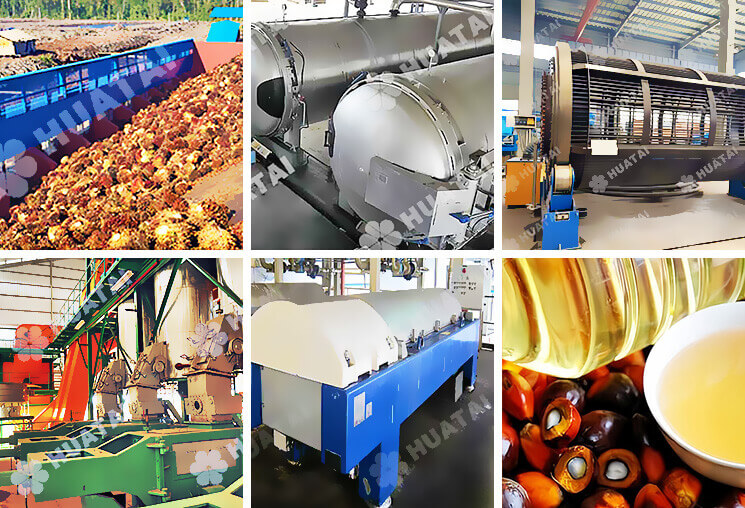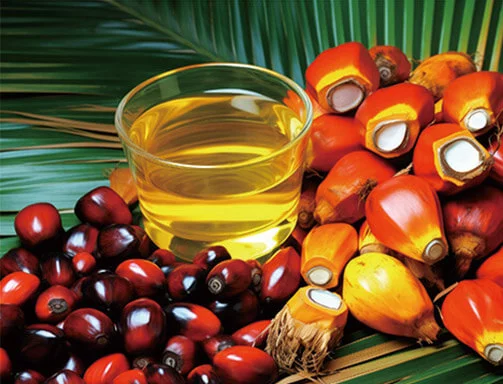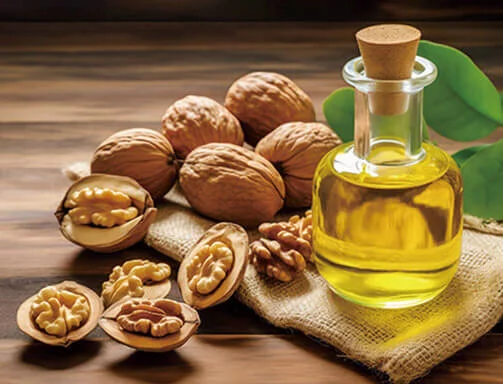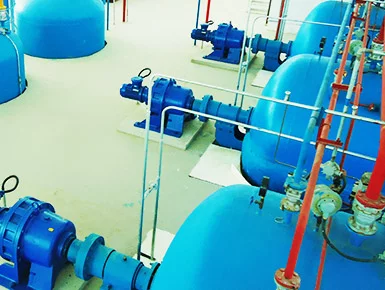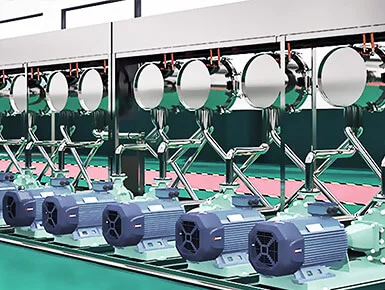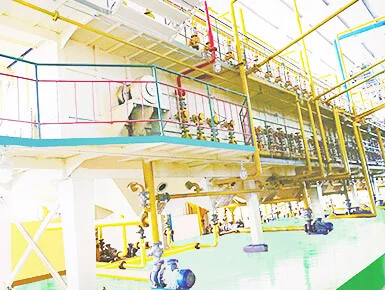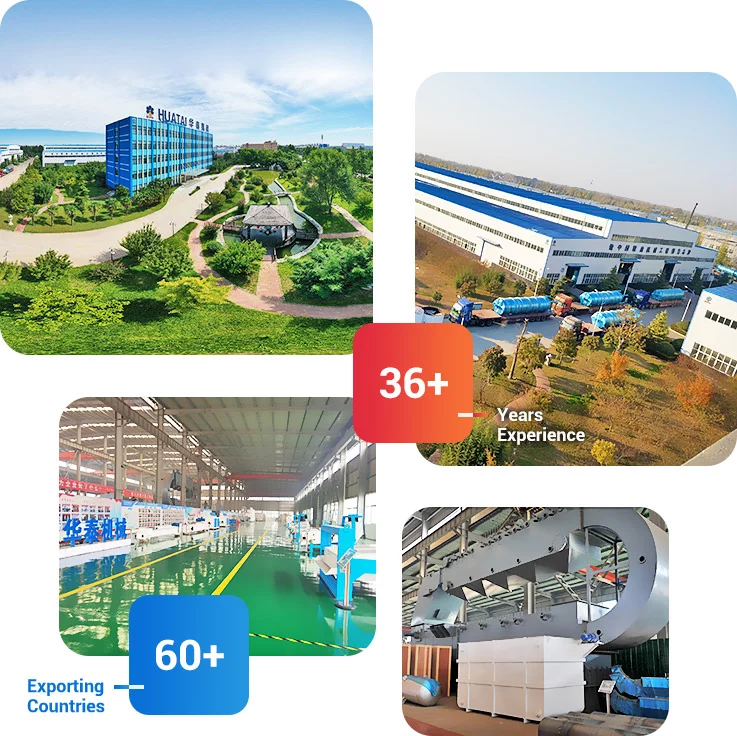![Palm Kernel Oil Fractionation Plant for Sale in 2025]()
Introduction
Palm kernel oil (PKO) is a valuable edible oil with a wide range of industrial and food applications. However, raw PKO contains different fatty acid fractions, making it necessary to undergo fractionation to achieve high-quality, specialized oil products.
If you're in the palm oil industry, investing in a palm kernel oil fractionation plant in 2025 can significantly enhance your product quality, efficiency, and profitability.
In this article, we will explore the fractionation process, principles, influencing factors, and the advantages of Huatai Group’s palm kernel oil fractionation plant together.
What Is Fractionated Palm Kernel Oil?
Fractionated palm kernel oil (FPKO) is a modified oil derived from standard palm kernel oil (PKO) through thermal fractionation. This process separates PKO into olein and stearin two distinct fractions:
- Palm Kernel Olein: A liquid fraction rich in unsaturated fats, ideal for frying oils, salad dressings, and skincare products.
- Palm Kernel Stearin: A solid fraction with higher saturated fat content, used in margarine, chocolates, and soap manufacturing.
By fractionating palm kernel oil, we can obtain tailored products with specific melting points, textures, and stability characteristics suitable for various applications.
![Fractionated palm kernel oil]()
What Is the Fractionation Process of Palm Oil?
Palm oil fractionation is a physical separation process. According to segregates triglycerides based on melting points.
It involves melting, crystallization, and filtration to separate the oil into olein and stearin. Includes the three key steps below:
- Melting: Raw PKO is heated to 70–80°C to eliminate crystals and impurities.
- Cooling & Crystallization: The oil is gradually cooled to 20–25°C, prompting high-melting triglycerides (stearin) to crystallize.
- Filtration: A membrane filter press separates olein (liquid) from stearin (solid).
This chemical-free process ensures minimal nutrient loss and aligns with sustainable production trends.
![Palm kernel oil fractionation process]()
Dry Palm Kernel Oil Fractionation Principle.
The dry palm kernel oil fractionation principle is on thermodynamic phase separation. According to triglycerides with varying carbon chain lengths crystallize at different temperatures:
- Saturated triglycerides (C16–C18): Solidify at higher temperatures, forming stearin.
- Unsaturated triglycerides (C12–C14): Remain liquid as olein.
Dry fractionation is the most commonly used method for fractionating palm kernel oil due to its cost-effectiveness and simplicity.
Unlike solvent fractionation, dry fractionation does not use chemical solvents, making it a natural and environmentally friendly process.
![Dry fractionation process of palm oil]()
Factors Affecting the Fractionation Effect of Palm Oil.
Several factors influence the efficiency and quality of palm kernel oil fractionation:
- Cooling Rate: A slower cooling (0.5–2°C/hour) rate allows for better crystal formation, while rapid cooling can lead to incomplete separation.
- Temperature Control: Precise temperature settings are crucial to achieving the right balance between stearin and olein yield.
- Crystallization Time: Extended holding periods (6–12 hours) improve crystal maturation.
- Seed Crystal Addition: Accelerates nucleation, boosting stearin recovery.
- Oil Quality: Low FFA (free fatty acid) content (<2%) and moisture (<0.1%) prevent emulsification.
- Filtration Efficiency: Membrane presses with 0.5–1.5 MPa pressure ensure thorough separation.
Huatai Group Palm Kernel Oil Fractionation Plant.
As a pioneer in edible oil machinery since 1988, Huatai Group delivers cutting-edge fractionation plants tailored to 2025’s market demands. Our solutions cater to capacities from 10 TPD to 500 TPD, featuring:
- Modular Design: Scalable configurations for small enterprises to large factories.
- Automation: PLC-controlled systems for precision temperature and pressure regulation.
- Energy Efficiency: Heat recovery units reduce energy consumption by 30%.
- Material Quality: Food-grade stainless steel (SS304/SS316) ensures durability and compliance.
- Certifications: ISO 9001, CE, and GB standards validate Huatai’s commitment to quality.
![Henan Huatai palm kernel oil fractionation flow chart]()
Huatai Group Fractionation System Features.
- Intelligent Control Panel: Real-time monitoring of cooling curves and filtration cycles.
- High-Yield Filtration: 98% separation efficiency with minimal oil retention.
- Low Maintenance: Self-cleaning filters and corrosion-resistant components.
- Customization: Options for winterization, dewaxing, or dual-fractionation processes.
The Cost of a Palm Oil Fractionation Plant.
Investing in a 2025 palm oil fractionation plant involves evaluating varies depending on several factors:
Capacity
A 50 TPD palm kernel oil fractionation plant ranges from $200,000–$500,000. Higher capacity plants require more investment.
Automation Level
Advanced systems with automated controls tend to have higher initial costs but lower operational expenses. Semi-automatic systems cost 20–30% less than fully automated setups.
Materials
Premium-quality machinery may cost more upfront but provides long-term reliability and efficiency. For example, Stainless steel vs. carbon steel impacts longevity and price.
Installation
Site preparation, labor, and logistics add 10–15% to the budget.
For a detailed quotation and customized solutions, it’s advisable to consult with Henan Huatai Group for our expert guidance.
Conclusion
Investing in a palm kernel oil fractionation plant in 2025 presents a lucrative opportunity for edible oil processors. By adopting advanced fractionation technology, businesses can enhance their oil quality, increase production efficiency, and meet diverse market demands.
Henan Huatai Group’s cutting-edge fractionation plants offer superior performance, cost-effectiveness, and sustainability, making them the ideal choice for your oil processing needs.
Ready to Lead the Market? Contact Huatai Group for a tailored quote and technical consultation.
References:
![]() Service Coverage
Service Coverage
![]() FAQ
FAQ


